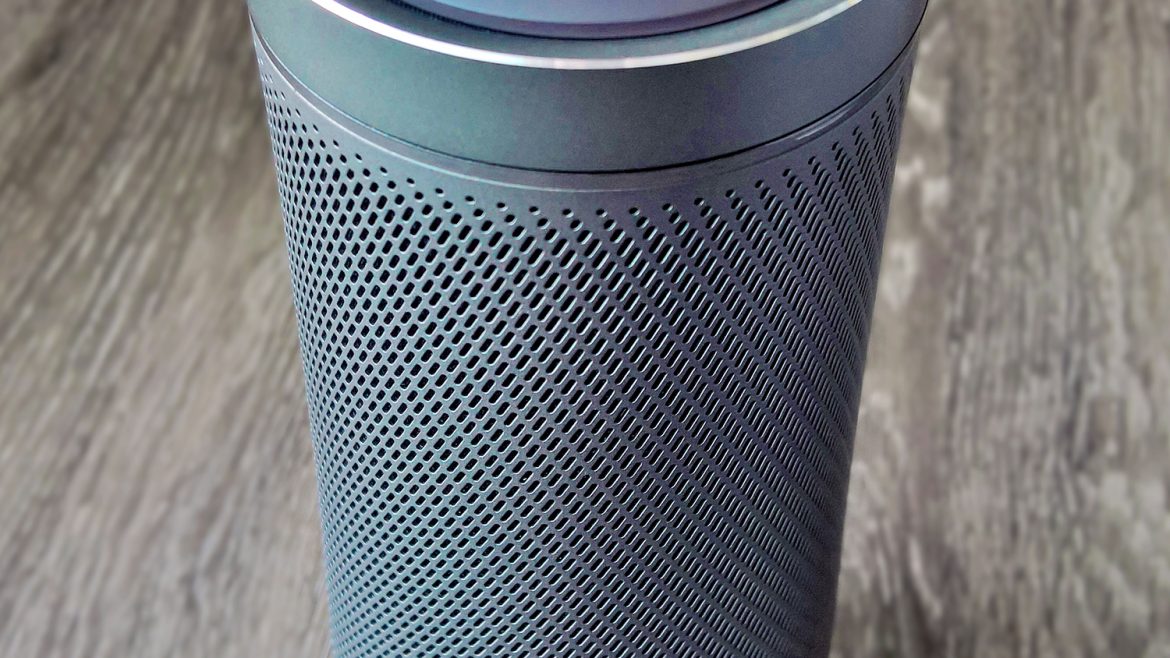Smart speakers are trendy in 2019. Especially smart speakers with virtual voice assistants are booming.
But what challenges do the manufacturers of these smart speakers face with user adoption of its virtual voice assistants?
This blog will discuss 3 of these challenges.
Remember the Eighties Hit series The Knight Rider where The Hoff could communicate with his car by voice?
This is not science fiction anymore.
Smart speakers with built-in virtual voice assistents are booming and it is now possible to instruct your smart speaker to enable specific activities like playing your Spotify list, ordering food or groceries or read out loud the daily news and weather. How convenient is that?
However, some challenges have to be addressed to enable user adoption for voice assistance.
Installation and Customer Experience of a Voice Assistant
Building a smart speaker with voice assistance is not easy in this crowded consumer market.
is it not already there? Does the consumer really need it?
Do you have to be a whizz kid to install it and afterwards? How many times do I really use it?
Just a few of the questions a manufacturer has to ask himself before putting the product on the market.
If he can’t answer these questions there is a real big chance the consumer won’t like the product and it can become a financial disaster.
Voice Assistants and Brand independence
Great, you have a couple of smart devices in your home and, for convenience, you expect them to communicate together.
Not every person wants all devices from a specific brand, say Samsung, but also from Google Home or Amazon Alexa.
If you want a great user adoption you have to ensure your device is compatible, also with voice assistance.
Voice Assistants and User Privacy
Data and user privacy is an important field a voice assistant manufacturer has to deal with.
Online clicking is different than voice data, Why?
First, voice is biometric and can be used to identify a person, like a finger print or a retina scan. Next to this, it can also identify a person’s mood or even his mental state.
This is quite different than to know which button this person clicked.
Also the environment the smart speaker is in, should be taken in account. These are personal, intimate surroundings, your own home. Remember the recent disturbing news of smart devices listening unnoticed.
The user needs to know he is safe and his privacy is not violated, otherwise user adoption is certainly a bridge too far.

